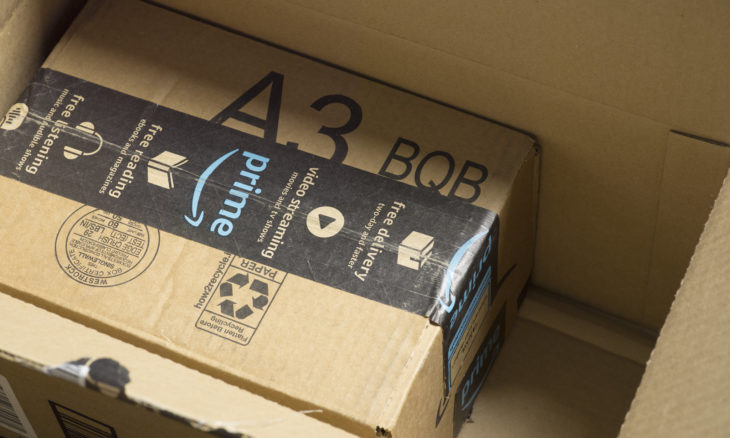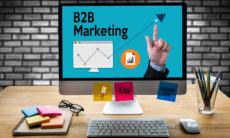Amazon Business is expected to reach $52 billion in sales by 2023, and is growing faster than its consumer side. Alibaba and eBay are also competing actively in the B2B space. But these giants are only part of the story. Complex categories like oil and gas, chemicals, aviation and manufacturing are taking expense out of their selling processes by setting up industry-specific marketplaces. How should B2B marketers get in on the action? Read on.
As buyers worldwide become increasingly comfortable with “remote buying,” this is the perfect time for B2B sellers to find ways to use ecommerce to improve their customers’ buying experience, eliminate costs from the selling process, and find new markets.
How to make sense of this all? Here’s a 6-step process to follow.
Develop a strategic approach.
This is as much as distribution question as it is marketing, so engage your entire go-to-market team to develop a strategy. Get started by asking these key questions:
- What areas of our product line are suited to ecommerce. In B2B, the answer usually begins with the aftermarket, like parts.
- How can we leverage ecommerce without causing strife in our existing distribution channel relationships?
- Are there elements of our current selling process that could benefit from digital automation? The first step in B2B was e-procurement and EDI. Where else can we find opportunity for speed and savings?
Review your options.
The landscape of existing B2B seller marketplace options is already well populated. See what your competitors may be doing on the majors. Then look at activity in your industry as a whole. In aerospace, it’s ePlane and Honeywell’s multivendor platform GoDirect Trade. In chemicals, it’s CheMondis, launched in Europe to serve the global market. Manufacturers use Asseta for semiconductor parts.
Keep close to your customers.
Listen to how they want to buy from you. Especially your key accounts. You’ll find them your best source for actionable ideas for your digital transformation.
Revise your marketing communications.
Selling on marketplaces means a different approach from traditional lead generation and sales enablement, in two ways, explains Liz Brohan, co-CEO of CBD Marketing in Chicago. First, it’s a direct selling environment, so you’ll need product images, videos, descriptive copy and the keywords most relevant to buyers. This means giving up a certain amount of control, as your selling materials will have to comply with standards set by the marketplace. Second, you’ll be on the same platform with your direct competitors, so focus on how to stand out and how to differentiate. This may be through thought leadership content, top quality video and keen attention to your pricing. “On marketplaces, B2B marketers need to think about building brand awareness, almost like a CPG company,” says Brohan.
Ramp up your own ecommerce.
Most B2B companies expect ecommerce to comprise 40% of their topline revenue by 2025, according to Digital Commerce 360. Opportunity is everywhere. Not just parts and aftermarket. Examine areas of your selling process that can be shifted to self-service online.
Watch Amazon like a hawk.
It’s no secret that Amazon is revolutionizing B2B ecommerce. They continue to disrupt, experimenting with private-label products in categories like MRO and office supplies, thus going into direct competition with their sellers. They’ve introduced Dash Smart Shelf, an automatic replenishment system for office supplies. Businesses who chose to sell at Amazon Business are in for a roller coaster ride.
The opportunity is huge, and so are the challenges. So let’s get busy cracking this new nut.







A broad product portfolio (https://pacmart.shop/en/kipp_bedienteile/scharniere) is essential for a B2B marketplace and also establishing customer proximity. After all, even in B2B, the customer must be convinced that your marketplace is exactly the right one.